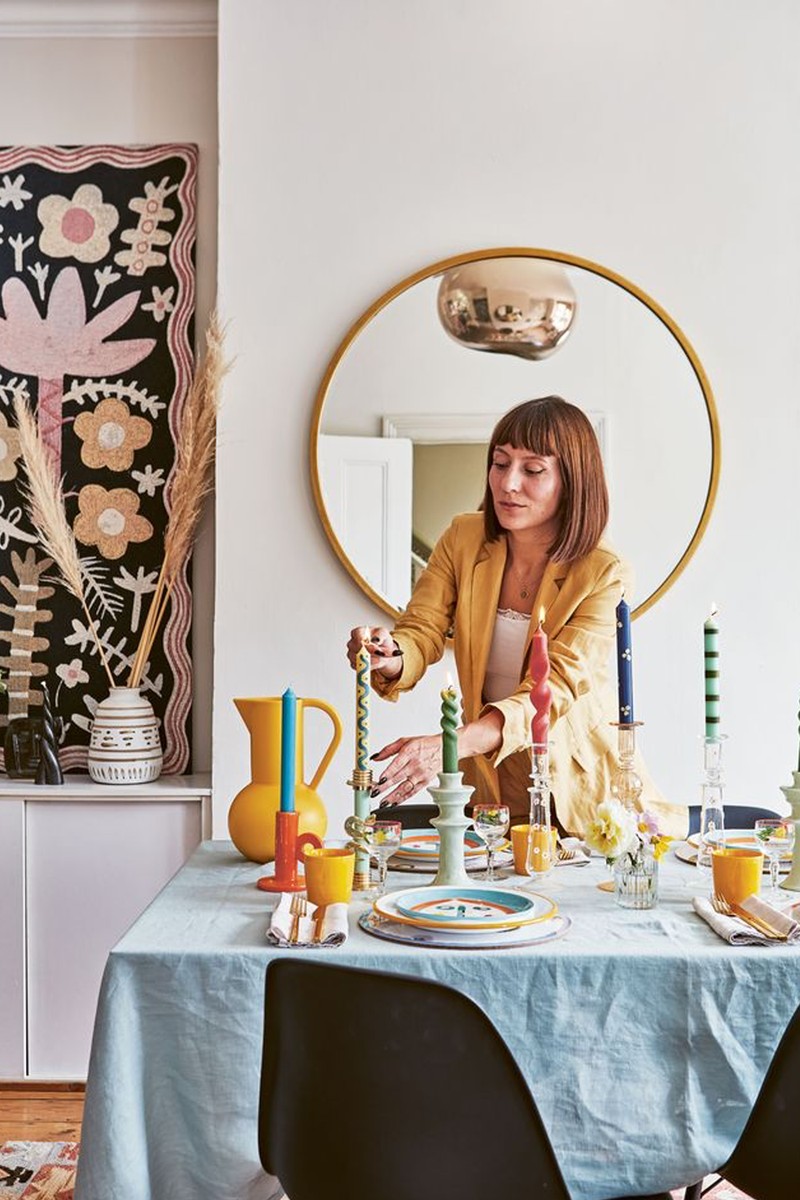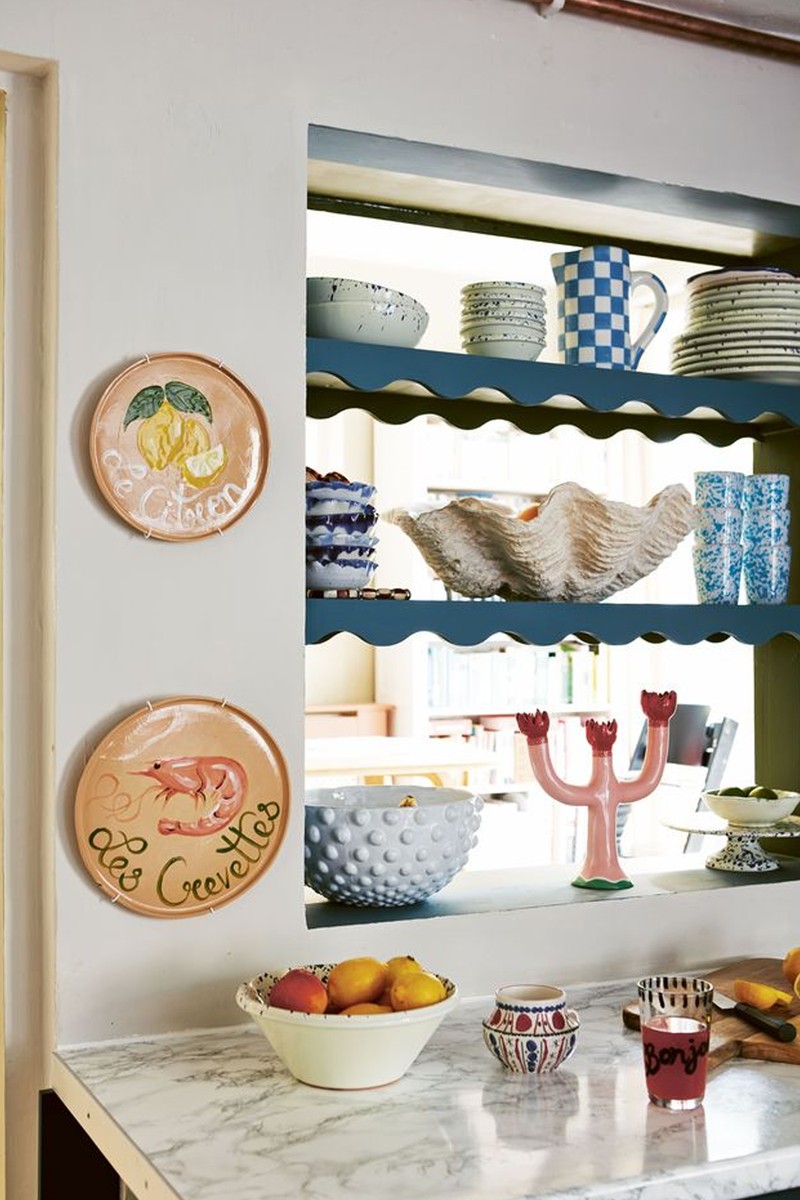How To Make The Most Of A Rental Home
On The Rental Market
There are lots of reasons why more people are renting. Across the UK, it’s more expensive to purchase property than it was a generation ago. In 1996 only one in ten Brits in my age group (I’m 40) was renting; now it’s a third. Home ownership overall has fallen from 70.9% in 2003 to 63.9% in 2018 and we all know the reason: an inflation-busting explosion in house prices. In 1995 you needed around four times the average full-time income to purchase a home; today you need a multiple of nine, rising to 14 times the typical household income in London.
Both my mum and dad grew up in council housing and left school at 16. But like so many in their generation they managed to buy a modest family home on just my dad’s civil service salary. That house was a 1930s semi in Zone 5. After they divorced, my dad moved to Munich and my mum, brother and I spent the next 14 years living in suburbia. But while I was at uni, my mum moved to Cape Town, so I started renting and to date, I’ve lived in 14 rentals.
When I was 34, I managed to finally save enough to buy a 50m sq flat in London. Sadly, I bought the week before the Brexit vote and the property never recovered its value. By the time I sold it (post Covid with two kids and a nightmarish experience of over 180 viewings and several buyer withdrawals), the mortgage had tripled. I was spending the same amount paying off a miniscule place I’d owned for six years as I was on rent for a family home. It was a disaster financially and a really good lesson that property isn’t a silver bullet.
In 2020, while I was heavily pregnant, we moved into a rental house in Chiswick. Like most rentals, it had all sorts of issues (electricity on a metre; mushrooms growing on the shower unit) and I got so low about the whole situation. We were lucky to have a roof over our heads, but it just really didn’t feel like the right environment to bring a newborn into. But I decided there was no point dwelling, and I made the choice to make small improvements using the skills I’d learnt from my grandparents. When the rent rose by over 60% at the end of our term, I took it really badly, but in the end, we found an even better rental home.
This time around I negotiated everything up front and got my improvements contractually established. I feel very lucky to have had such open-minded landlords; I hope they feel lucky to have our family as tenants, too. The landlord-tenant relationship just doesn’t have to be horrendously fraught – it’s worth remembering that the majority of UK rentals are owned by people who only own just the one additional property.
I’m finally back earning the same kind of money I did before I had my first son. But as interest rates have increased so dramatically, it’s like the finish line has shifted ever further away. No matter how fast you run it just feels like you can’t quite get there. In saying all of this, in many ways I’ve found peace with the circle that I’ve not been able to square. I’m a Londoner with no plans to move out and it’s important that families like mine find a new way of making it work in the capital.
Renting got to me for a long time. I’m still hustling every single day to keep the dream of home ownership alive. But you have to make the best of whatever your situation and living in leafy West London, I am a long way away from the sharp end of the rental stick. I do try and step back and take a breath. My kids might live in a rental, but they have all sorts of privileges I didn’t. To a certain extent, you have to let it go.
On Making A Temporary Feel House Feel Like Home
The main thing I look for in a rental is square footage. I generally go for run down properties in areas that other people would discount because of location drawbacks. For example, where I live now, the tube runs loudly along our back garden, the M4 is at the end of the road, you have use to use a creepy underpass to get here and we’re on the flight path. These are the kinds of things that get you the most space for your money. I can improve any property, but I can’t magic more space, so that’s my number one criterion.
Now, I approach the landlord the minute I want to put a rental offer in. I put together a very clear cover letter (this is standard practice in Germany and also in LA and NY) and a moodboard of my past properties and suggested improvements. Nothing says good tenant more than a décor proposal and you’d be surprised how often it happens. It can feel risky when you are at your wits’ end getting rejection after rejection – I know the head-popping anxiety that comes with finding a new rental and it has taken me half my lifetime to get to the point where I can be confident enough to negotiate up front like this. But it can be done.
My grandparents partly raised my brother and I and they taught us so much. From sawing to using a lathe to basic electrics to needlework, crocheting and knitting, I was so lucky to have had so many skills passed down to me at a young age. Because my family were all in the trades, you also saw everything being done within the family. Whether you needed carpet laying, the roof sorting or curtains being made, there was always someone who could do it. In lots of ways that demystified home improvements and because I wasn’t scared of power tools. Everything else I have learnt by taking things apart or from YouTube.
Being able to hang a simple frame is an invaluable skill – whether you’re using command strips or drilling a hole, tapping in a rawl plug and screwing in a screw. It’s also the key to hanging shelves, hanging mirrors, hanging plates and the best part is it’s not rocket science. Making simple café style curtains is incredibly useful as a renter as it means you can dress your windows inexpensively. But I would say the number one key skill is learning to make a mistake, keeping calm and finding a solution to fix it. Everyone makes mistakes – even professionals.
The rooms to focus on are the ones where you spend the most time. For me, that’s the bedroom and living room. My art is my biggest investment, too. I have a lot of canvas and large-scale tapestries, and they immediately make an impact. I always suggest sizing down on the furniture, too – the sofa we have is the ‘urban’ size, I always buy the narrow bookshelves and wardrobes and super king beds are just not realistic.
Renting is an exercise of acceptance. It’s about moving into a property and knowing you will never be able to realise its full potential, which is hard when you see opportunity in every space. My rule is to work out if something merely irritates me (chipped paintwork on the bannisters) or if it disgusts me (rotting wood around the toilet). That’s my personal litmus test.
The first thing to do is get the kids’ beds set up. You want little ones to feel settled as quickly as possible. Then, set up some kind of storage system for everything. Next, it’s the home office. In the living room, a lot of people would say the TV is the priority but I feel like it’s lighting – I can’t relax in harsh overheads. I’m a big fan of rechargeable lamps – I have several from Pooky and a lot of lighting strips for the bathroom and kitchen. When you rent you can’t mess with electricals, so it’s great to have the option of plug-free lighting. Assess your utility and laundry situation, too – how are you washing and drying seven loads of family washing a week? In your bedroom, clothing storage is the most important thing.
Before you leave a rental, always refer to your rental agreement and do everything you said you would. I’ve come a cropper sometimes because I forgot to sort a gardener to trim a hedge, and once because I didn’t clean a blind that had some lily pollen on it.
It usually takes me two or three months to recover from a move. It sounds dramatic, but it’s also because I’m usually moving things in a car, taxi or on a document trolley. Moving services are just so expensive and when you’re bleeding financially – paying the new deposit before you get the old one back – it seems like your only option is to scrimp on removals. I have learnt my lesson now though: the best gift I’ve given myself has been setting up a small savings pot for packers ready for when the time comes.
Your Not Forever Home by Katherine Ormerod (Quadrille, £24), photography ©Yuki Sugiura, is published on 2nd May.
DISCLAIMER: We endeavour to always credit the correct original source of every image we use. If you think a credit may be incorrect, please contact us at info@sheerluxe.com.


/https%3A%2F%2Fsw18.sheerluxe.com%2Fsites%2Fsheerluxe%2Ffiles%2Farticles%2F2024%2F04%2Fsl-interiors-interview-your-not-forever-home.png?itok=vf1gYa61)





